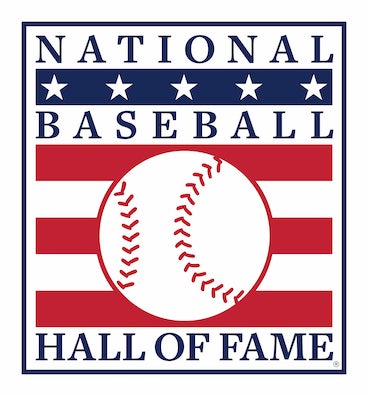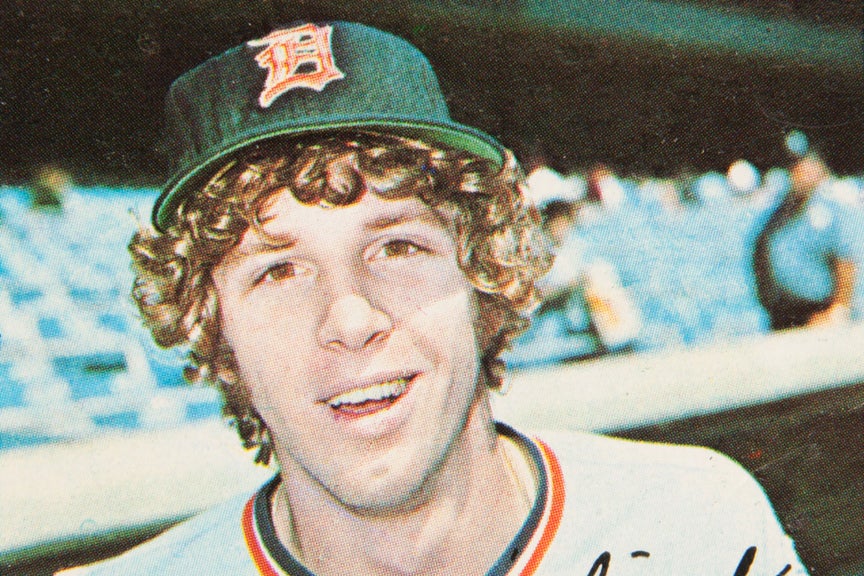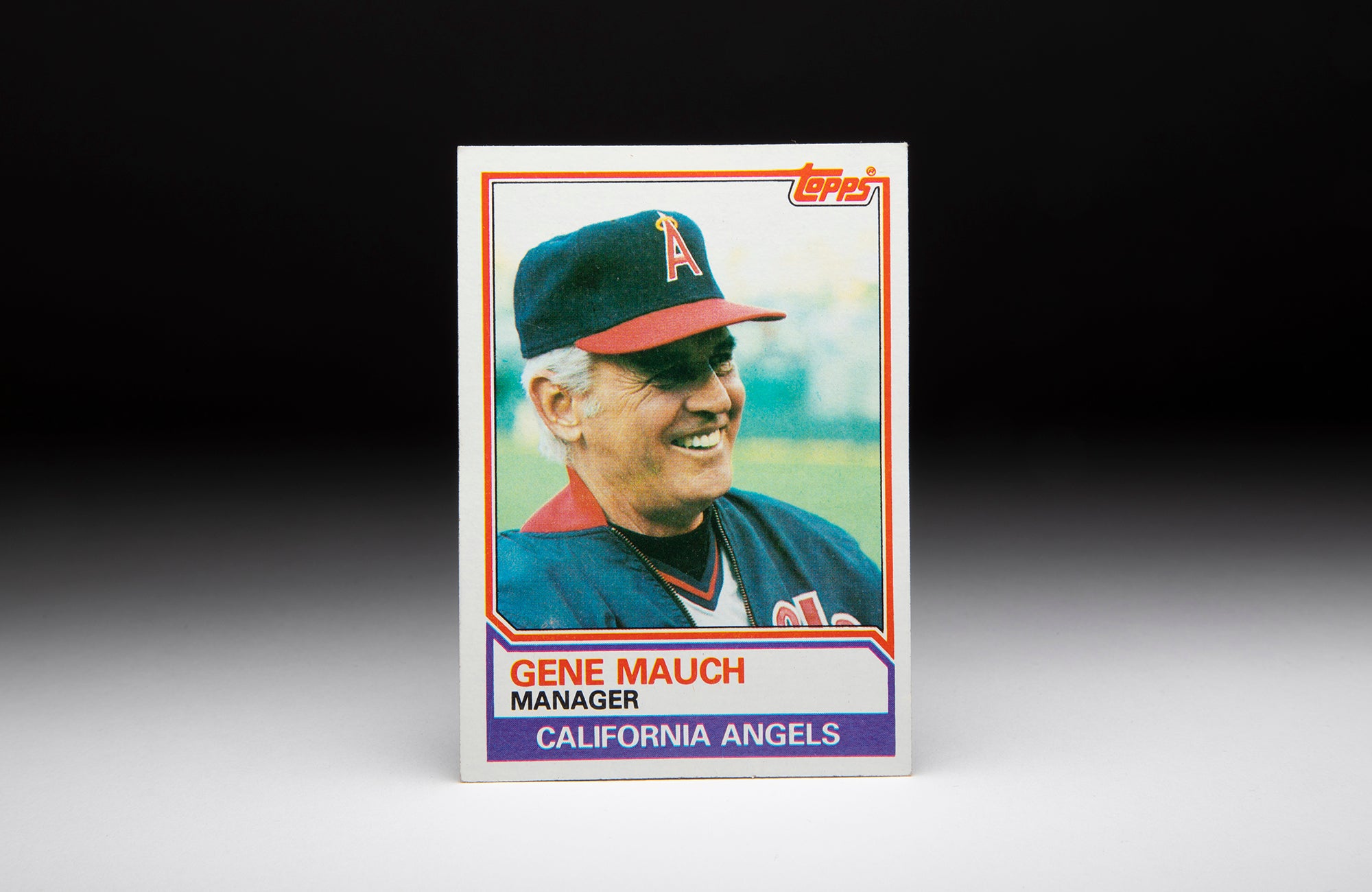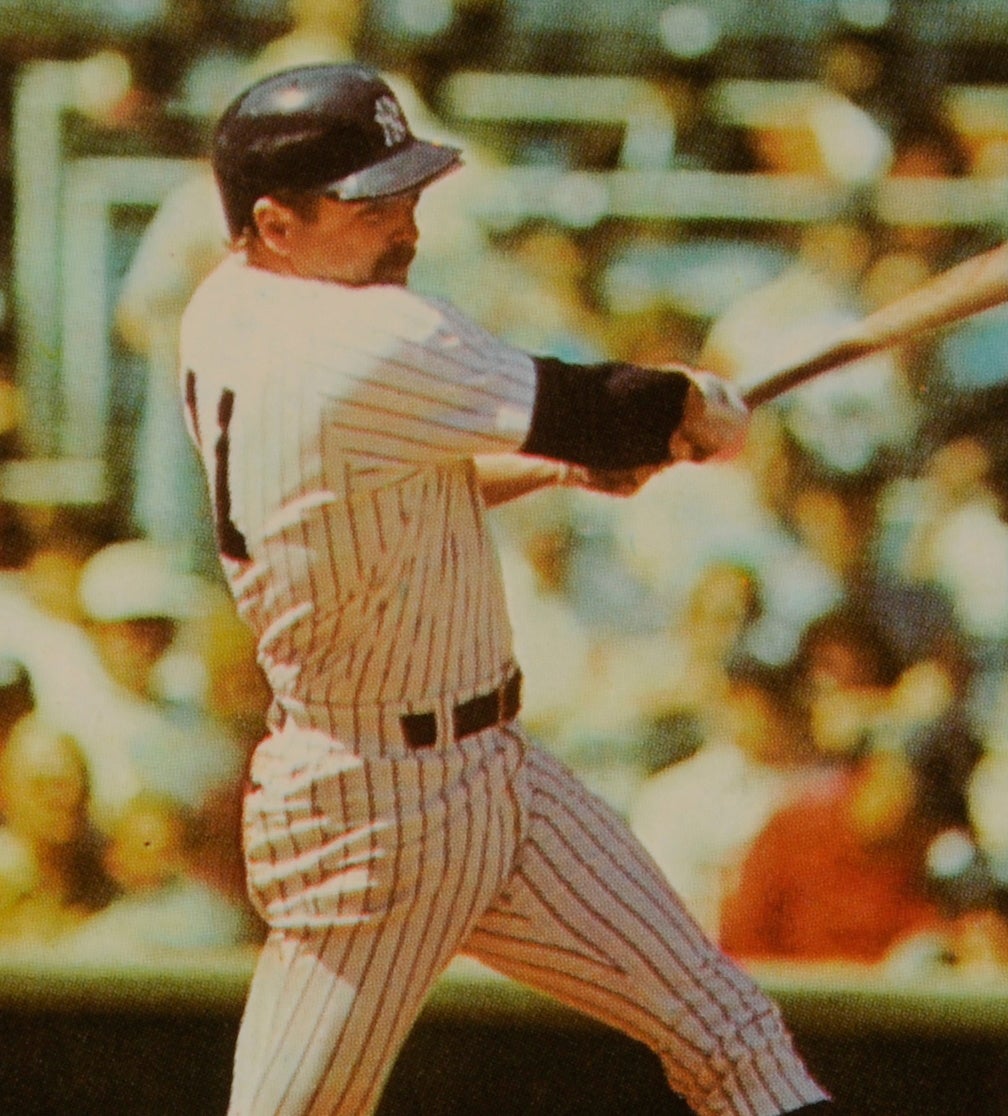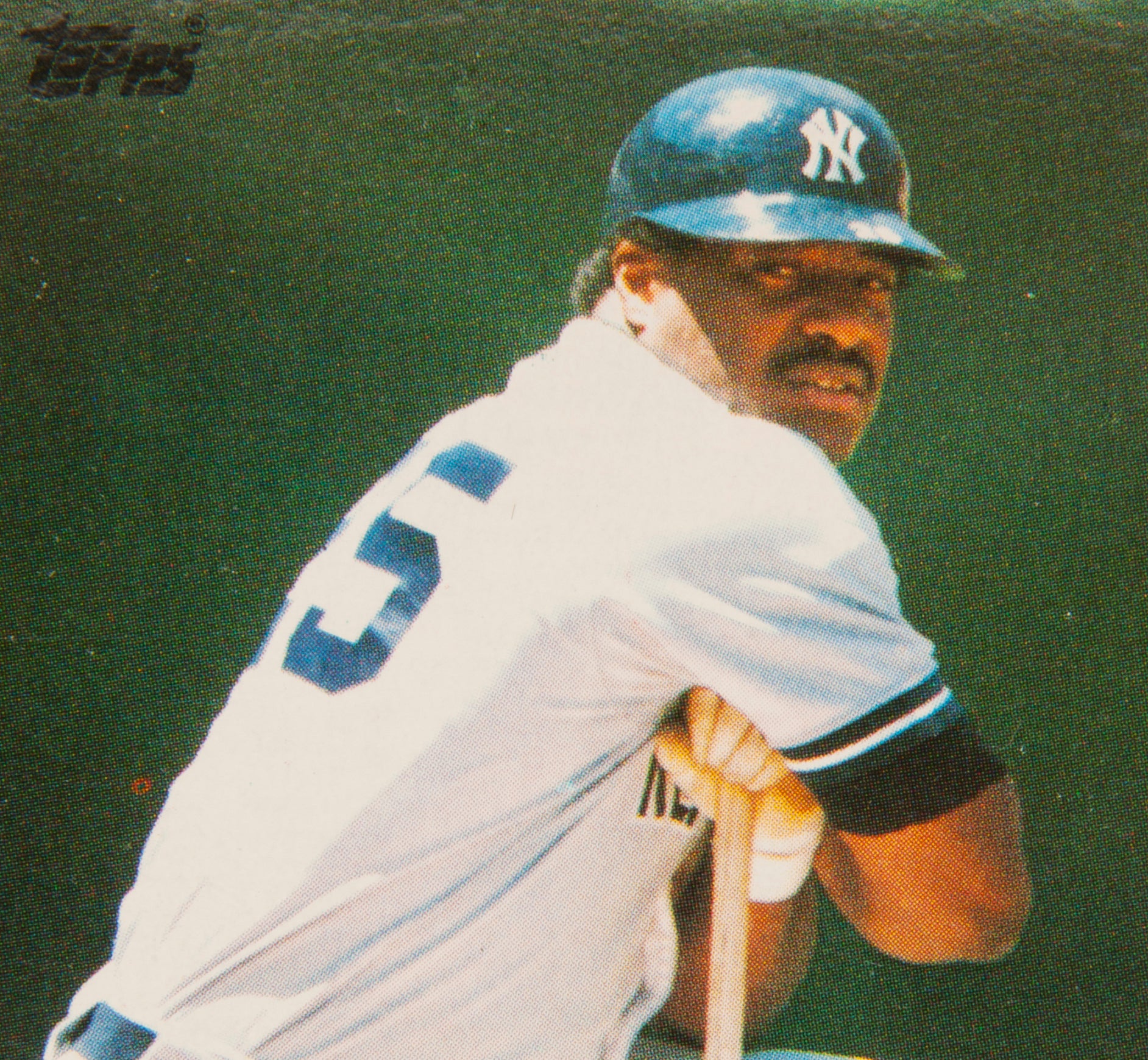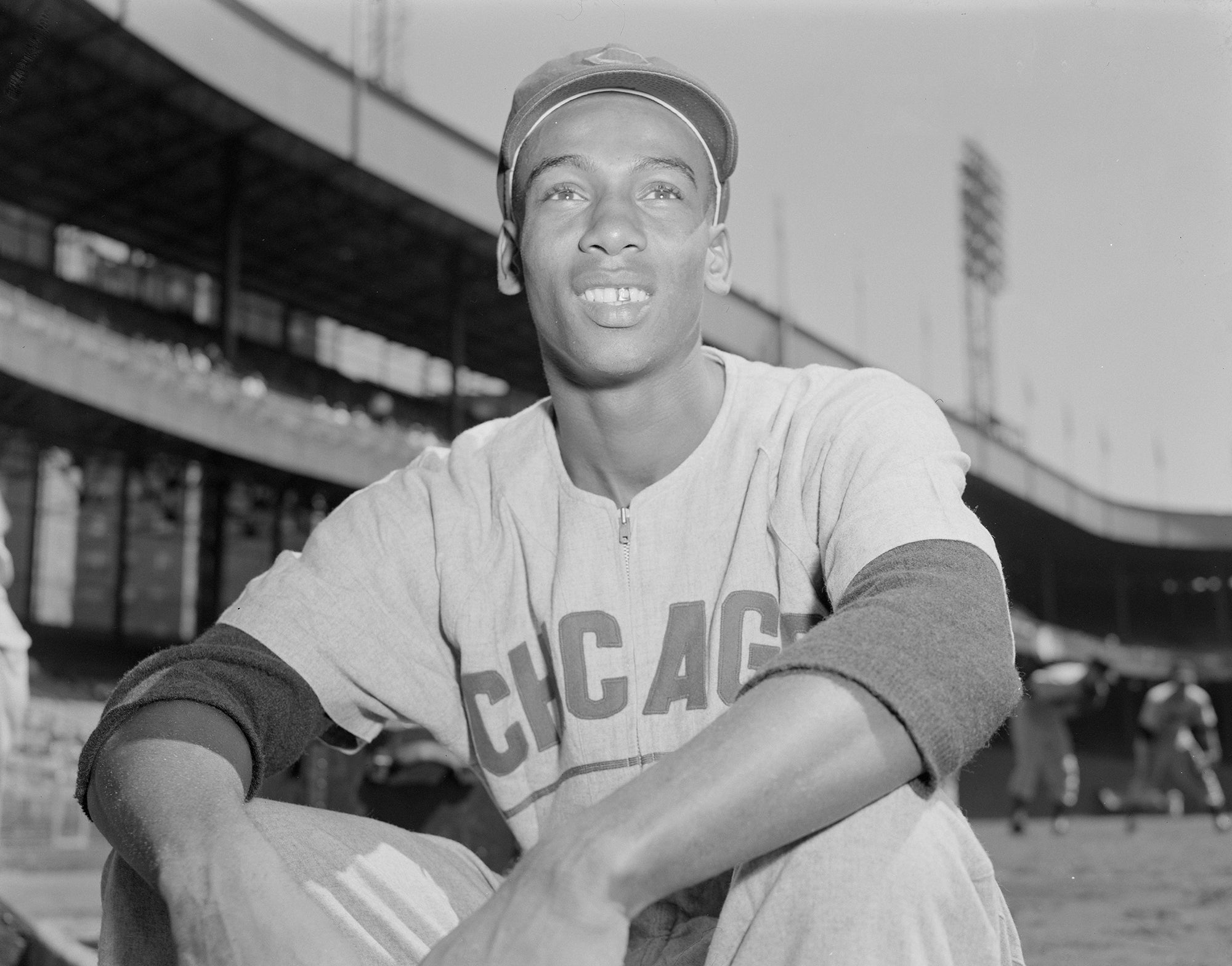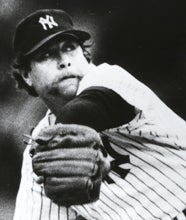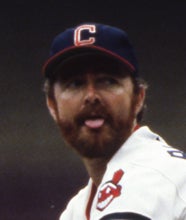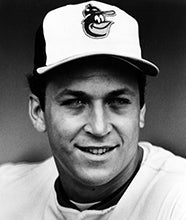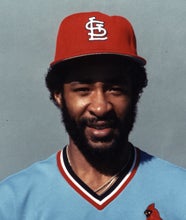- Home
- Our Stories
- #CardCorner: 1977 Topps Roy Smalley
#CardCorner: 1977 Topps Roy Smalley
Roy Smalley finished his 13-year big league career with 163 home runs and reached the 20-homer mark in just three seasons – one of which came when he was primarily a designated hitter.
But for a shortstop of the 1970s and 80s, those were gaudy power figures – and Smalley paved the way for a generation of players who redefined what a middle infielder could do at the plate.
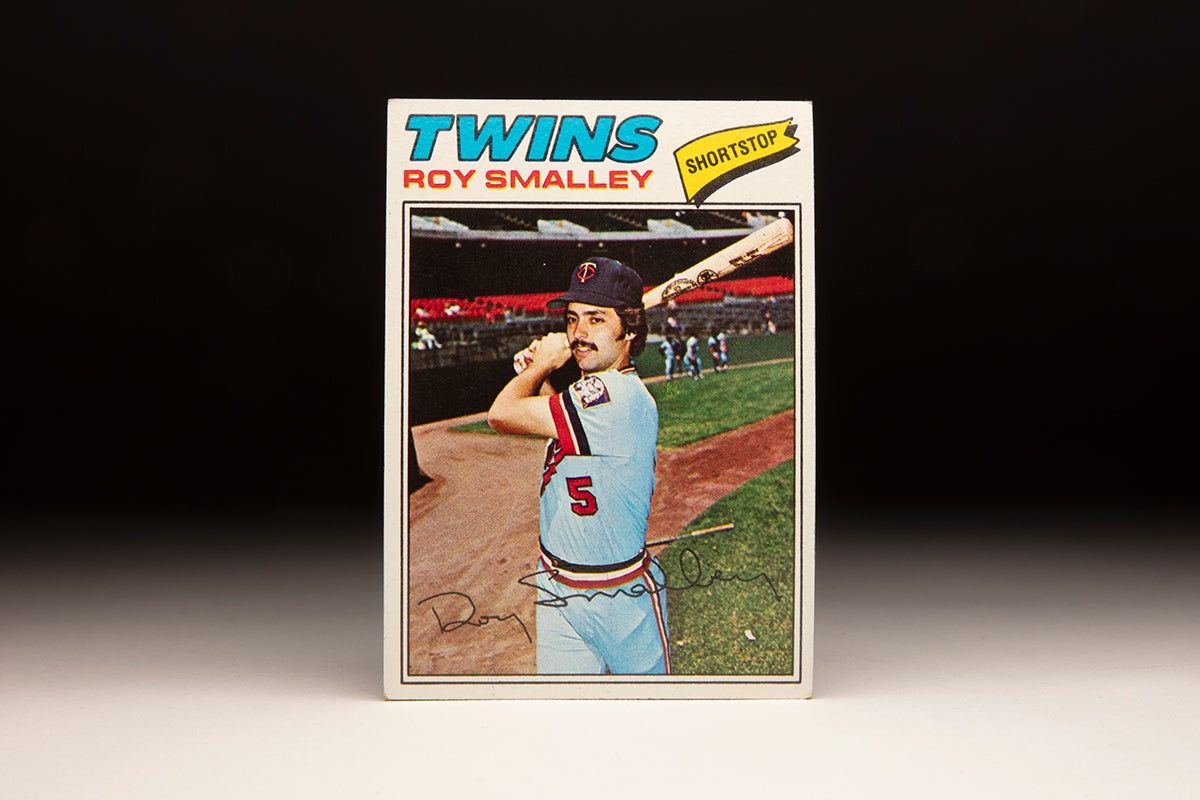
Roy Frederick Smalley III was born Oct. 25, 1952, in Los Angeles. His father, Roy Smalley II, was a big league shortstop who played 11 seasons for the Cubs, Braves and Phillies – hitting 21 homers for Chicago in 1950 in what was then an audacious power display by a middle infielder. But he never reached double-digits in home runs again and was eventually replaced as the Cubs’ shortstop by Ernie Banks.
Smalley also made 51 errors in 1950 – his third straight season leading the NL in miscues – which drew the ire of Cubs fans.
“I never really went into the details with Roy about my days in Chicago, how his mother and I had just got married and she’d sit in the stands and listen to the fans and get so angry she could cry,” Smalley told the Newspaper Enterprise Association in the spring of 1975 when his son was about a month away from his big league debut. “But Roy was aware of what happened.
“But I never emphasized the bad with Roy. Sure, it’s not pleasant to be unpopular and have it demonstrated. But that’s where I wanted to be, the major leagues, and that’s where Roy says he wants to be.”
Smalley was married to Jolene Mauch, the sister of another big leaguer: Gene Mauch, who was Smalley’s teammate with the Cubs in 1948 and 1949. The son of Roy and Jolene Smalley would one day play for manager Gene Mauch of the Minnesota Twins.
Roy Smalley III grew up in Los Angeles, began switch-hitting as a 14 year old in Pony League play and starred at Westchester High School. He was selected by the Expos – managed by Mauch – in the 35th round of the 1970 MLB Draft but opted for college on the advice of his father.
“I wanted to turn pro in a way but my dad was against it at the time,” Smalley told the Omaha World-Herald when he was playing for the University of Southern California at the College World Series in 1972 – a year the Trojans won their third straight championship. “He wanted me to get an education first, and I was smart enough to know I should be bigger and stronger before becoming a pro.”
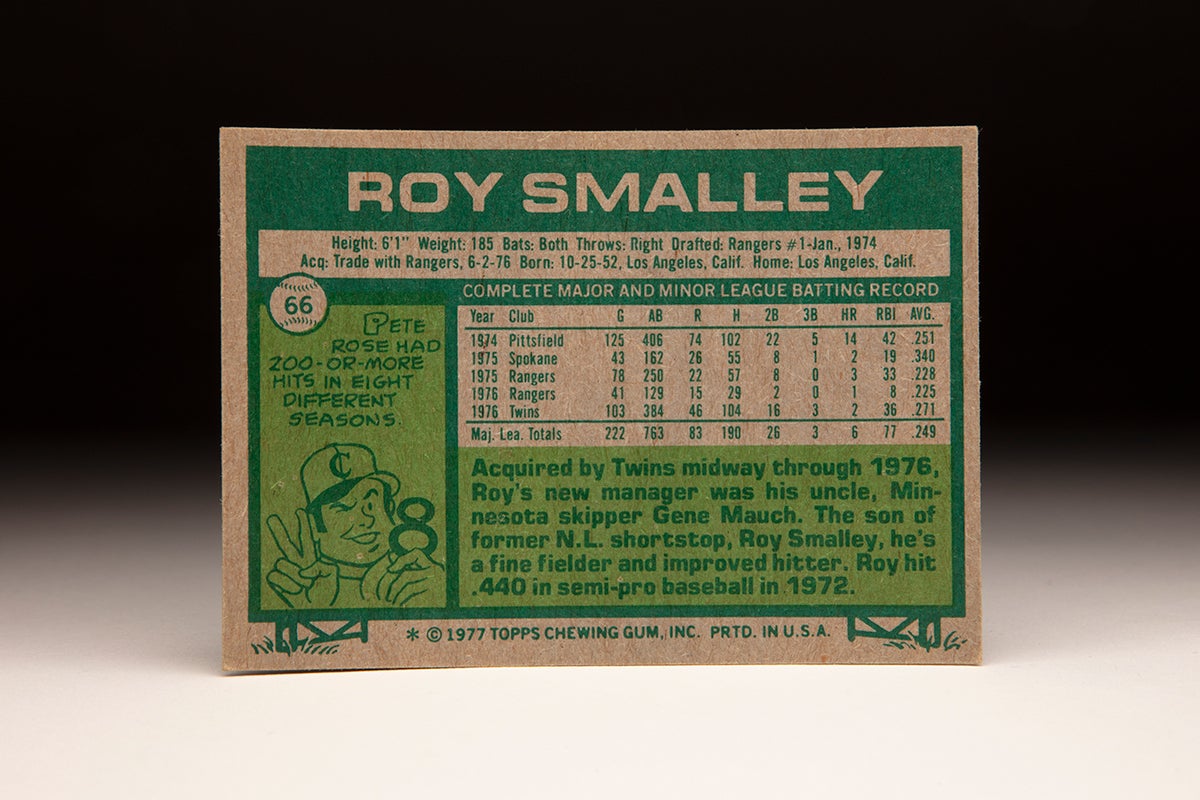
Smalley enrolled at Los Angeles City College following his high school graduation and was named the Southern California Conference Player of the Year in 1971. The Red Sox selected him in the fourth round of the January 1971 MLB Draft and offered him a reported $45,000 to sign – but he moved onto Southern Cal. After helping the Trojans with the 1972 College World Series, Smalley played for the Anchorage Glacier Pilots of the Alaska Baseball League, hitting .309 while earning All-American honors at the National Baseball Congress tournament.
The Red Sox took Smalley again in the January 1972 MLB Draft but once again Smalley returned to college. Southern Cal repeated as College World Series winners in 1973 as Smalley hit .338, won first-team All-America honors and was the shortstop on the College World Series All-Tournament team.
In January of 1974, the Texas Rangers took Smalley with the No. 1 pick in that draft and signed him to a contract reported to be worth $100,000.
“Without question, he was the best unsigned player in the country,” USC coach Rod Dedeaux told the AP. “Sure, he did the right thing (forgoing his senior season at USC). Wait, what am I saying? This probably costs us the national championship.”
Smalley’s production in 1974 was hurt by a broken wrist suffered about a month after he signed when the knob of a bat he was swinging shattered and the pieces went into his hand. He hit just .251 in 125 games for Double-A Pittsfield that year – but at the time, Smalley was considered a better fielder than hitter.
“The kid has a great future,” Rangers manager Billy Martin told the Associated Press in the spring of 1975. “I wouldn’t hesitate playing him on the big club this year but we’ve got Toby Harrah. We’ll send him to Spokane and bring him up if we get in trouble.”
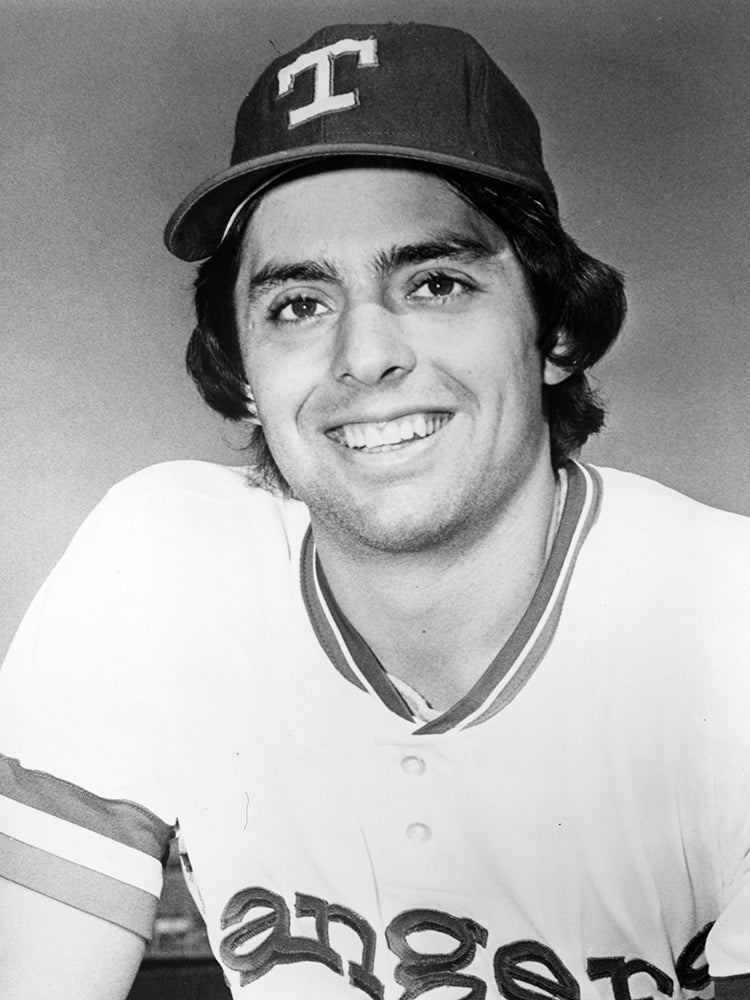
It didn’t take long for trouble to surface. After starting the year at Triple-A Spokane, Smalley made his big league debut on April 30 after Harrah was hit by a Stan Bahnsen pitch on his elbow. Harrah was sidelined for the first time in 181 games, and Smalley stepped in when Harrah could not continue. The next night, Smalley made his first big league start and recorded two hits as well as several sparkling plays at shortstop. He received a standing ovation from the 6,481 fans at Arlington Stadium after he struck out in the ninth inning against Goose Gossage.
“I was shaking after that ovation,” Smalley told the AP after the game. “I was so overcome I really couldn’t even see the pitches. It was the biggest thrill of my life and I just walked back to the dugout in a daze.”
Smalley was sent back to Spokane in July before returning to the Rangers in September, finishing the year hitting .228 with three home runs and 33 RBI in 78 games for Texas.
With Harrah healthy again at the start of the 1976 season, the Rangers moved Smalley to second base to get him into the lineup.
“I really began to feel at home at second last year,” Smalley told the Grand Prairie (Texas) Daily News in the spring of 1976. “It was an unfamiliar position but I felt like I was adapting well. I don’t think my hitting will suffer.”
Smalley was hitting .225 – albeit with a .363 on-base percentage – through 41 games when the Rangers executed a huge trade that brought future Hall of Famer Bert Blyleven and infielder Danny Thompson over from the Twins on June 1. Texas sent three prospects – Mike Cubbage, Jim Gideon and Smalley – and veteran pitcher Bill Singer to Minnesota in the deal.
The trade had been rumored for more than a week when it was finally consummated. It reunited Smalley with his uncle, Gene Mauch, who was managing the Twins after leaving the Expos following the 1975 season.
“I know I can play major league shortstop and a lot of teams are looking for someone who can do that,” Smalley told the Fort Worth Star-Telegram days before the trade was announced. “I’m sure that the fact that Mauch is my uncle makes a difference, too. He knows me pretty well. He knows I can be a heck of a player.”
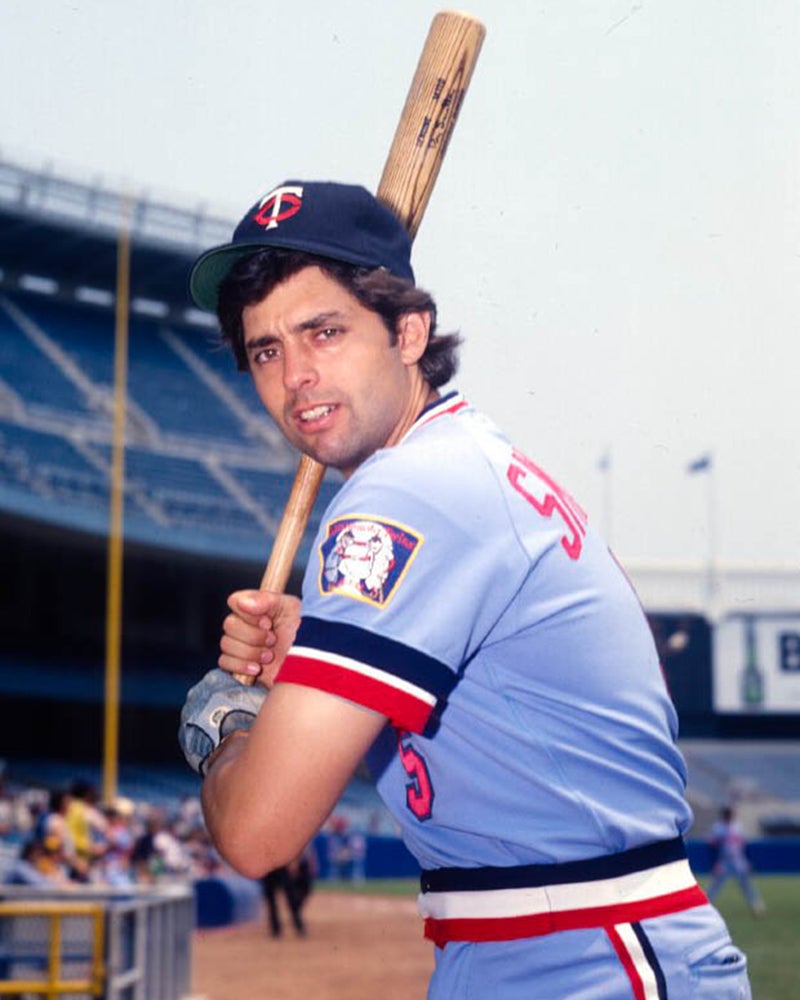
Mauch inserted his nephew into the starting lineup at shortstop the day after the trade, and Smalley quickly stabilized the Twins’ infield with his sure-handed play. And after a slow start at the plate, Smalley caught fire at the end of July – hitting .300 with 30 walks and 26 runs scored in his final 60 games.
For the season, he batted .259 but showed little power – posting a slugging percentage of .324 while leading the majors with 25 sacrifices. But with Mauch squarely in his corner, Smalley went to Spring Training in 1977 as the Twins’ starting shortstop.
It would be another season of on-the-job training as Smalley learned how to translate his 6-foot-1, 185-pound frame into a powerful swing.
“I was so excited after Spring Training,” Smalley told the Toronto Star in May. “Then I got the flu and lost 11 pounds in a week. I can’t afford that because I normally lose weight during the season. I’ve been in a bad frame of mind, pressing for hits.”
Smalley’s average was barely above .200 late into June, and he finished the season hitting .231 with six homers and 56 RBI. But he also scored 93 runs thanks to his continued plate discipline that resulted in 74 walks.
Defensively, he led AL shortstops with 504 assists and 116 double plays. And though he committed 33 errors, his range was among the best in baseball.
Then in 1978, Smalley’s bat caught up with his glove. He hit .273 with 31 doubles, 19 home runs and 77 RBI while drawing 85 walks. He led all AL shortstops once again in assists (527) and double plays (121) while adding a league-leading total in putouts (287). It all added up to a Wins Above Replacement figure of 5.9 – a figure topped only four times by any AL shortstop in the 1970s.
Curiously, however, Smalley found himself the target of boo birds at Metropolitan Stadium during the 1978 campaign.
“It took me about a month to get used to the booing, but now I understand the mentality of some of the fans,” Smalley told the Associated Press. “They just don’t happen to like me because I’m related to the manager.”
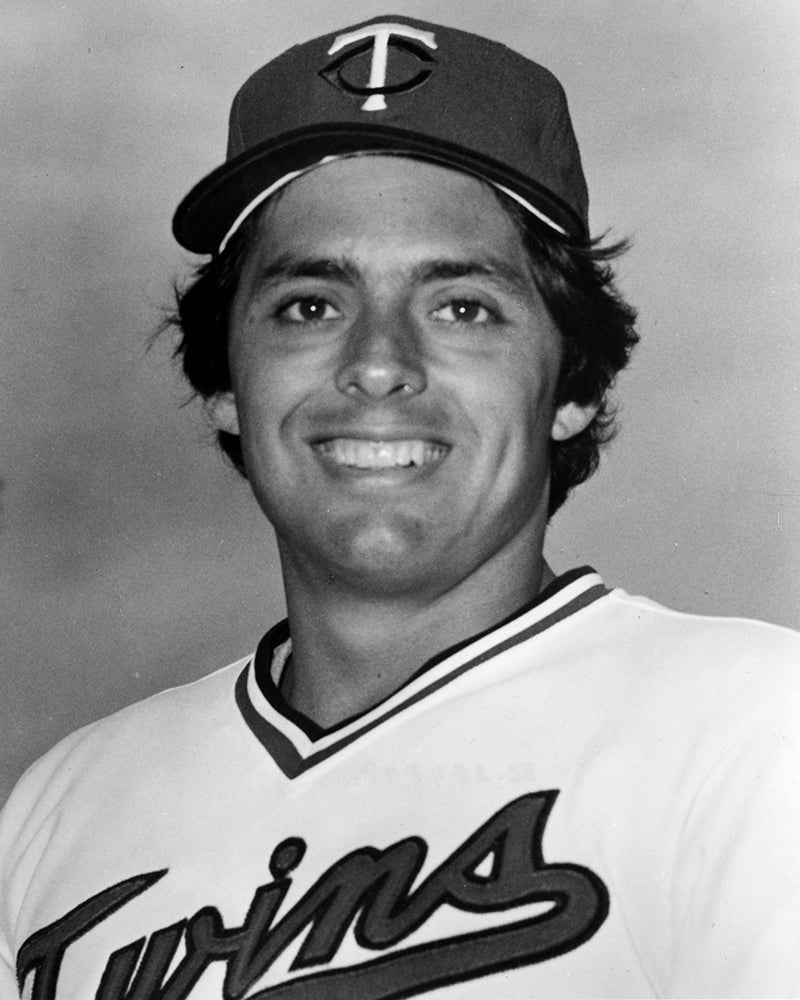
But in 1979, any manager in the game would have been thrilled to write Smalley’s name onto their lineup card. Smalley played the best baseball of his career during the first half of that season and was hitting .372 as late as July 4. The fans voted him as the American League’s starter at shortstop for the All-Star Game, and he entered the Midsummer Classic hitting .341.
“I’m thrilled to death,” Smalley told the AP. “I’ve dreamed of being an All-Star since I was five years old.”
Smalley cooled off in the second half but still finished with a .271 batting average, 28 doubles, 24 home runs, 95 RBI and 80 walks. He played in all 162 games and once again led all AL shortstops in putouts (296), assists (572) and double plays (144).
The assist total remains the 11th-best single season mark in history and has been topped only twice since: By Cal Ripken Jr. in 1984 (583) and by Ozzie Smith, who set the all-time record with 621 assists in 1980.
But Smalley’s second-half slump at the plate in 1979 carried over into the 1980 season. He hit just .185 after the 1979 All-Star Game and then found himself batting .239 as June of 1980 began.
“I get a kick out of the way people are reacting,” Smalley told the Kansas City Times. “Last year, my name is all over the world. This year, it’s nowhere.”
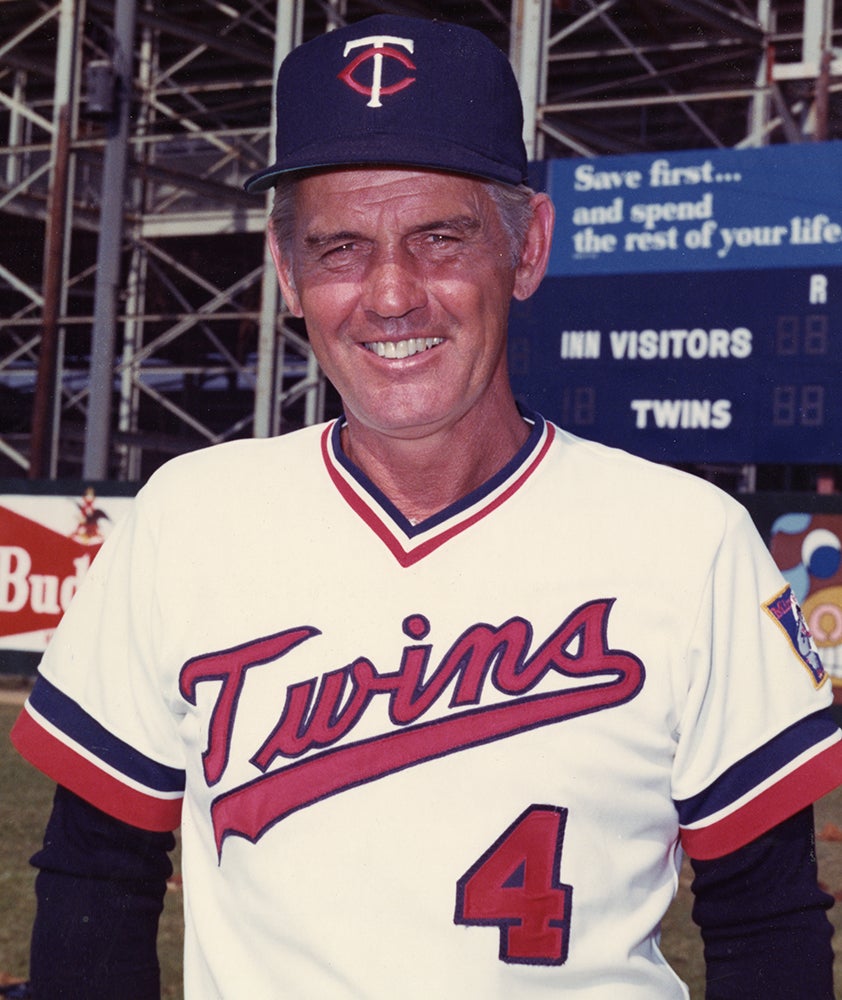
But Smalley rallied to finish at .278 with 12 homers, 63 RBI and 65 walks. He was set to become a free agent at the end of the 1981 season – a position that would have made him one of the most coveted players on the market.
The Twins, however, avoided the threat of Smalley testing free agency by signing him to a four-year deal worth $2.4 million – the largest contract in franchise history. Ironically, Mauch resigned late in the 1980 season before Smalley committed to staying in Minnesota.
“I was glad for him, to be honest…because it was eating him up,” Smalley told the Newspaper Enterprise Association in the spring of 1981. “He wasn’t getting any help in the field or in the front office. He was fighting a losing battle from both ends.”
Smalley put up his customary numbers in 1981, hitting .263 with a .375 on-base percentage. But he played in only 56 games due to a back condition called spondylosis that at times left him needing a body cast.
Then on April 10, 1982 – just five games into the new season – the Twins traded Smalley to the Yankees for pitchers Paul Boris and Ron Davis and a minor leaguer named Greg Gagne, who would soon become the shortstop on two Twins World Series teams.
The deal shocked Smalley, who dropped his demand for a no-trade clause during his 1981 contract negotiations in order to push the deal across the finish line.
“I’m emotion-filled right now,” Smalley told the AP after the trade. “I’m not sad to be going to the Yankees but I am sad to leave Minnesota. I’m not sad to be playing in the middle of the Yankee lineup but I am sad about leaving this one.
“The feelings I’m having now are contradictory. Playing for the Yankees is a dream of every kid.”
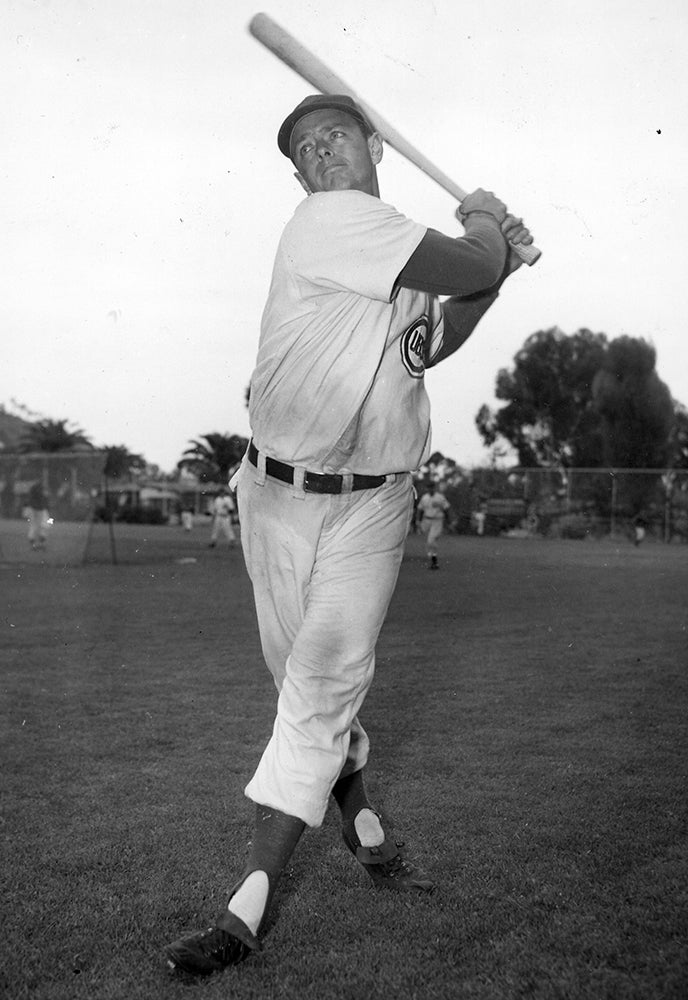
Many Yankees fans, however, were confused by the trade since New York already had Bucky Dent – an AL All-Star in both 1980 and 1981 – at shortstop. But Yankees owner George Steinbrenner addressed that problem when he traded Dent to the Rangers for Lee Mazzilli on Aug. 8.
Smalley, meanwhile, stepped in at shortstop and also played some third base that season, batting .257 with 20 homers and 67 RBI in 142 games. He committed just 15 errors in the field – a full-season personal best – but also saw a substantial decline in his range.
In 1983, Smalley was the Yankees’ Opening Day shortstop but soon found himself at first base as manager Billy Martin turned to young Andre Robertson, who had better range and speed. But when Robertson was injured in a car crash on Aug. 18, Smalley returned to shortstop and finished the season batting .275 with 18 home runs and 62 RBI in 130 games. In December, the Yankees rewarded him with a new five-year, $3.9 million contract that began in 1985 and ran through 1989.
But the new deal didn’t bring stability. Smalley began the season in a third base platoon with Toby Harrah – as Smalley aged, he gained a reputation as being a much better hitter from the left side of the plate – before he was traded to the White Sox on July 18 in exchange for two players-to-be-named-later that became pitchers Doug Drabek and Kevin Hickey.
“I’ll remember my time with the Yankees as being an interesting period,” Smalley told the Staten Island Advance after the trade, adding that playing for the Yankees “presented a new kind of confusion.”
Smalley played regularly at third base for Chicago the rest of the season and hit .212 with 11 home runs and 39 RBI in 114 combined games.
On Feb. 19, 1985, Smalley returned to Minnesota in a trade that sent first baseman Randy Johnson and a minor leaguer to Chicago. As part of the deal, the White Sox paid a portion of Smalley’s salary and guaranteed the final three years of his contract if the Twins were to release him after the 1986 season. Eventually, the deal was amended so that the Twins were able to return Smalley to the White Sox at any point if they wished.
Meanwhile, the Twins made Smalley their Opening Day shortstop.
“A homecoming? I guess it is, of sorts,” Smalley told the AP. “I’ve been away a long time, though. It’s not the same team. You can’t go home again.”
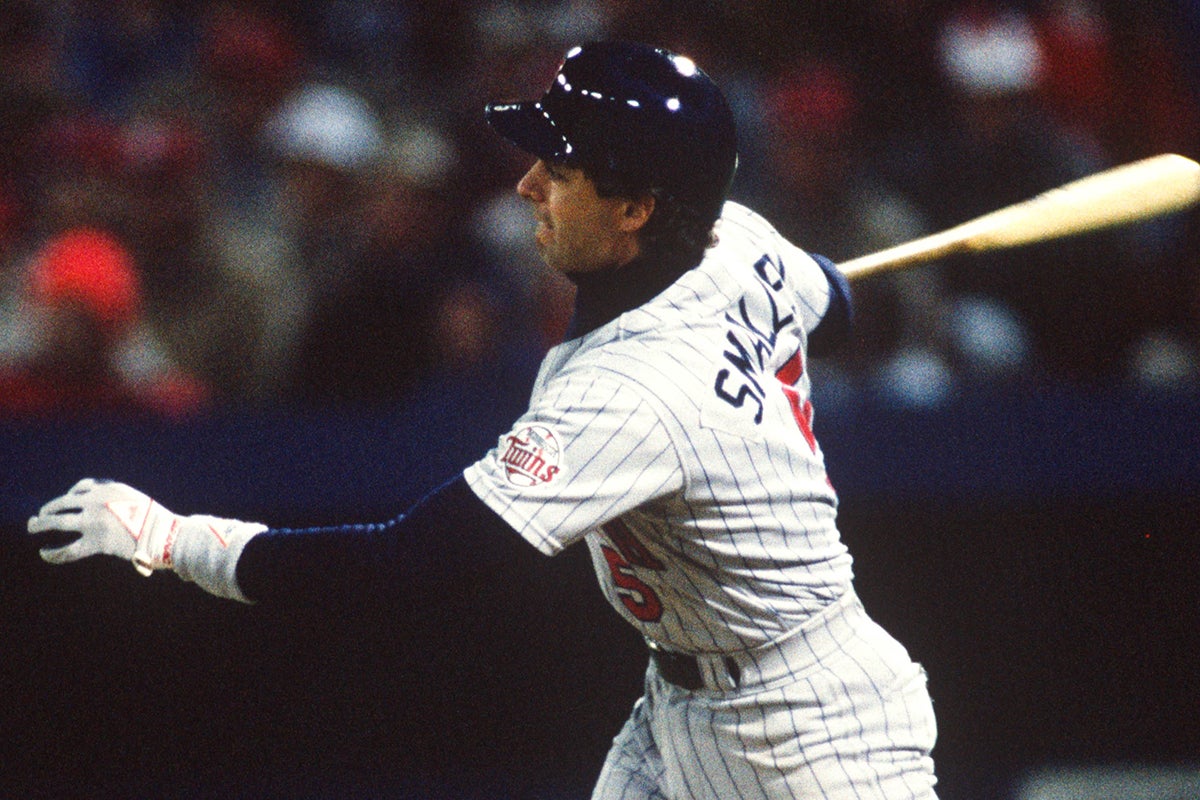
Soon, Gagne had taken over as the Twins’ starting shortstop, pushing Smalley to his now-familiar utility role. He batted .258 with 20 doubles, 12 homers, 45 RBI and 60 walks in 129 games for a Minnesota team that finished 77-85. The Twins regressed in 1986, losing 91 games and finishing in sixth place in the AL West despite Smalley’s 20 home runs – most of which came as a designated hitter.
But in 1987, the Twins – under manager Tom Kelly, who was entering his first full season at the helm – shocked prognosticators by winning the AL West. Smalley served as the team’s regular DH to start the year and was hitting .324 through June before slumping in the second half and losing playing time to youngster Gene Larkin and late-season acquisition Don Baylor. Smalley wound up batting .275 with eight homers, 34 RBI and 36 walks in 110 games.
In the ALCS vs. the Tigers, Baylor and Randy Bush got the starts at DH, and Smalley did not appear in any of the five games. But in the World Series, Smalley finally made his postseason debut when he pinch-hit for Steve Lombardozzi in the eighth inning of Minnesota’s 8-4 win over the Cardinals in Game 2.
Smalley lined the first pitch from Todd Worrell into left field for a double.
“I was not going to stop at first,” Smalley told the AP after Game 2. “I couldn’t have stopped if I wanted to. My feet wouldn’t have let me. (It was) the highlight of my career, something I’ll always remember.”
Smalley appeared three more times in the series as a pinch-hitter, drawing walks in his final two at-bats. The final free pass came in the sixth inning of Game 7, extending a Twins rally while again batting for Lombardozzi. The walk loaded the bases with one out in a 2-2 tie, and after Dan Gladden struck out, Gagne reached on an infield single, scoring Tom Brunansky with what became the winning run. Minnesota won the Game 4-2 to capture its first World Series title.
It would be the last big league appearance of Smalley’s career.
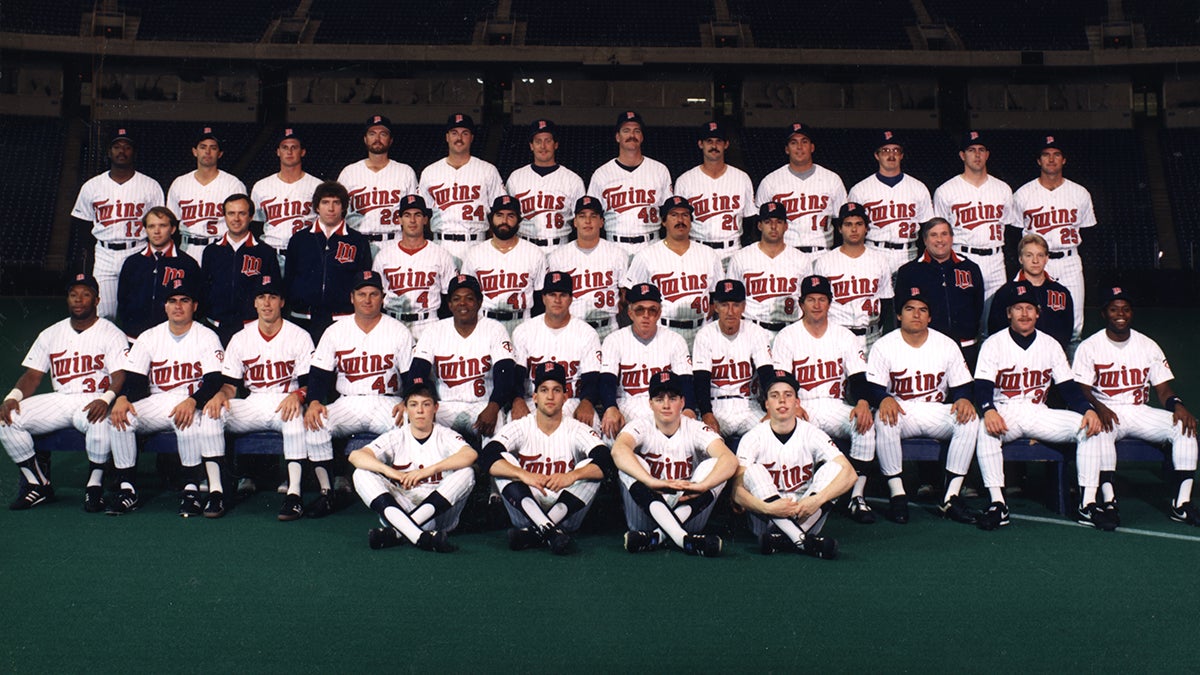
Following the 1987 season, the Twins exercised their option to send Smalley back to the White Sox, who released him just before the start of the 1988 campaign when a deal that would have sent him back to the Yankees fell through. On April 10, 1988, Smalley officially announced his retirement at the Metrodome.
“I think I’ve been a decent player,” Smalley told the AP prior to the 1987 season. “For example, I think I have more talent than my uncle (Mauch) had. But mine didn’t come naturally. I had to work hard and study hard to be a good player.”
Smalley entered the financial services industry after his playing career and joined the Twins’ broadcast crew in the mid-1990s on pregame and postgame shows before becoming a TV color analyst in 2003. He retired from broadcasting after the 2024 season.
Over 13 seasons as a big leaguer, Smalley hit .257 with 694 RBI and 771 walks. A Twins legend for his work on the field and in the broadcast booth, Smalley was a baseball lifer – thanks in part to family ties that ran deep through the game.
“For an uncle and nephew, we’re very close, and we’ve always been that way,” Smalley told the AP about his relationship with his manager, Gene Mauch, in 1978. “He’s probably like a second father to me, even though my father and I are as close as a father and son could be.”
Craig Muder is the director of communications for the National Baseball Hall of Fame and Museum
